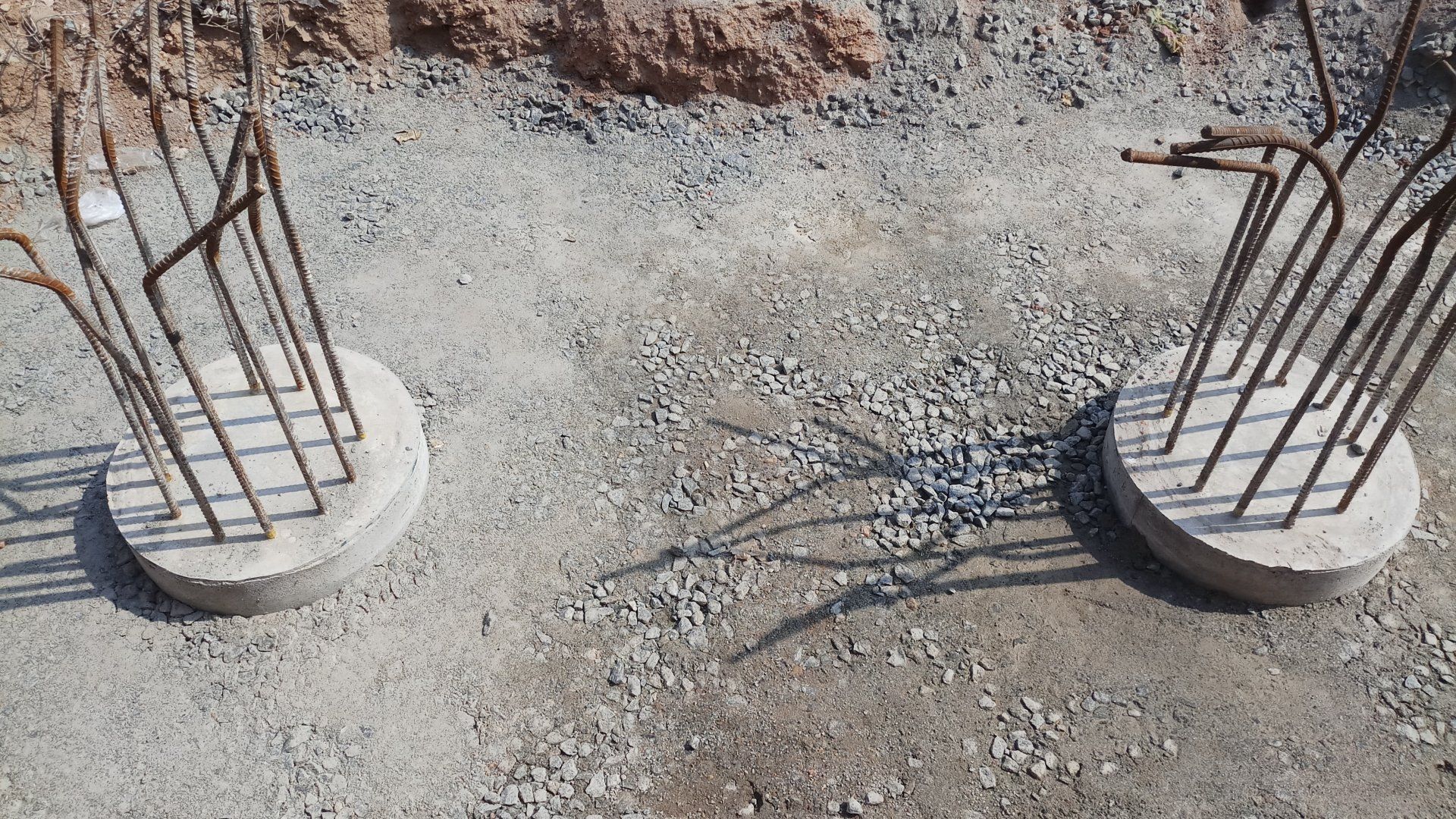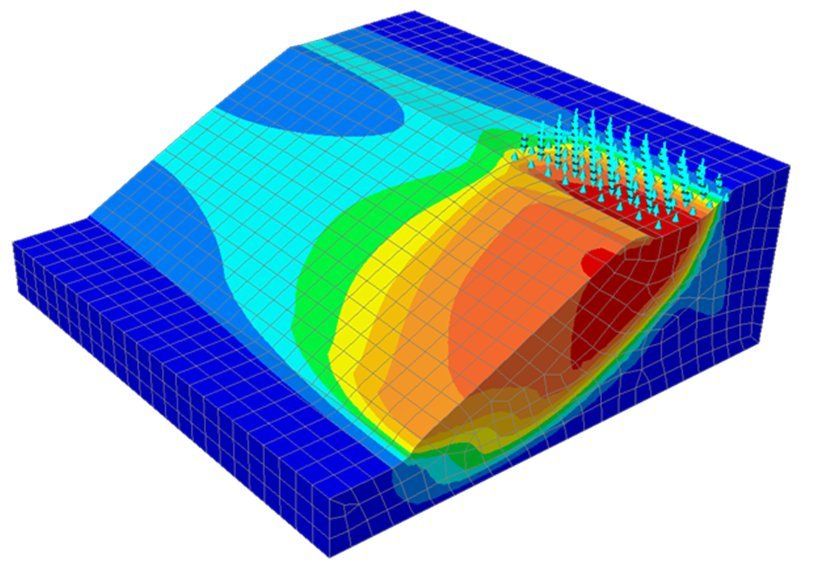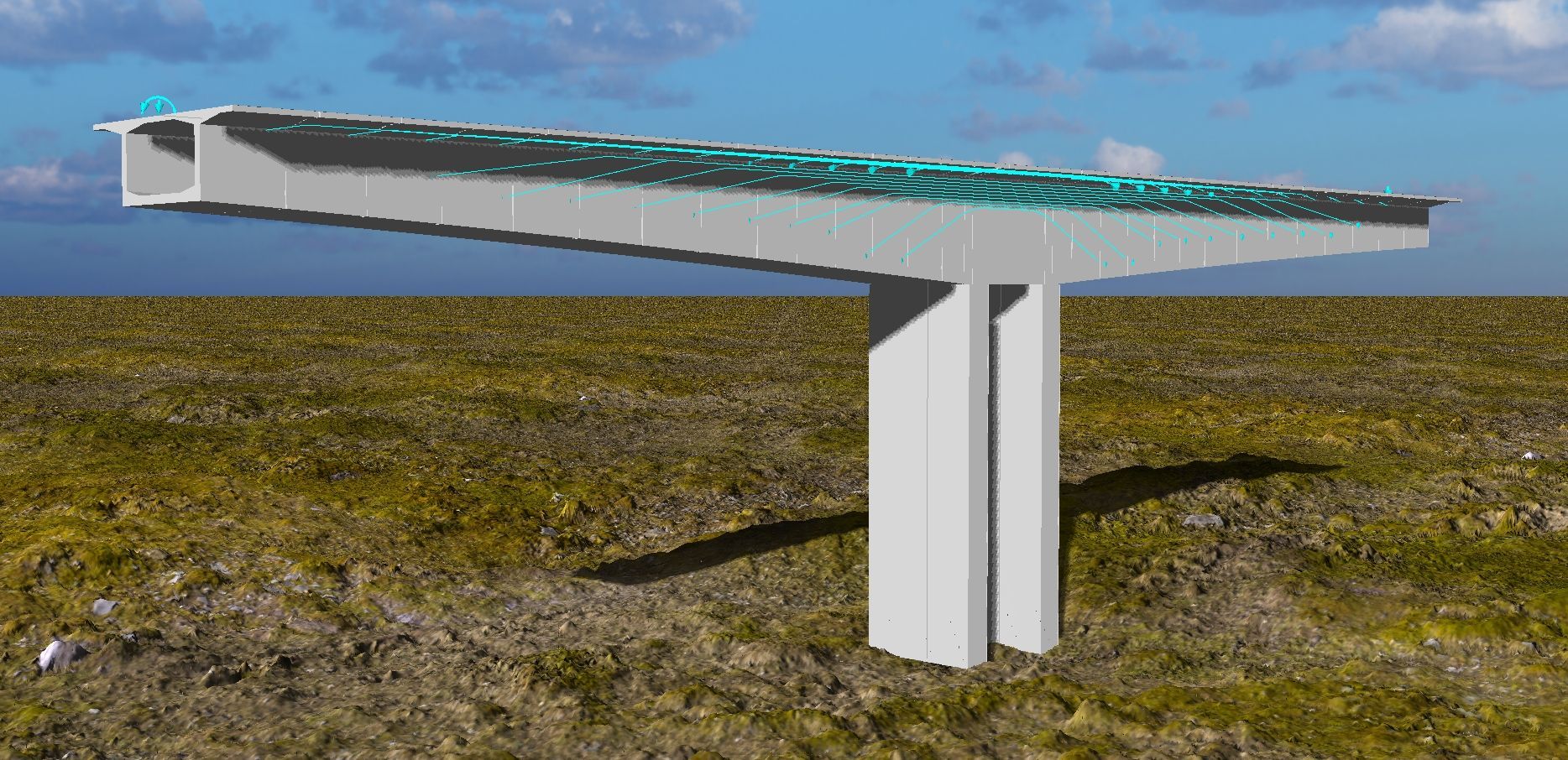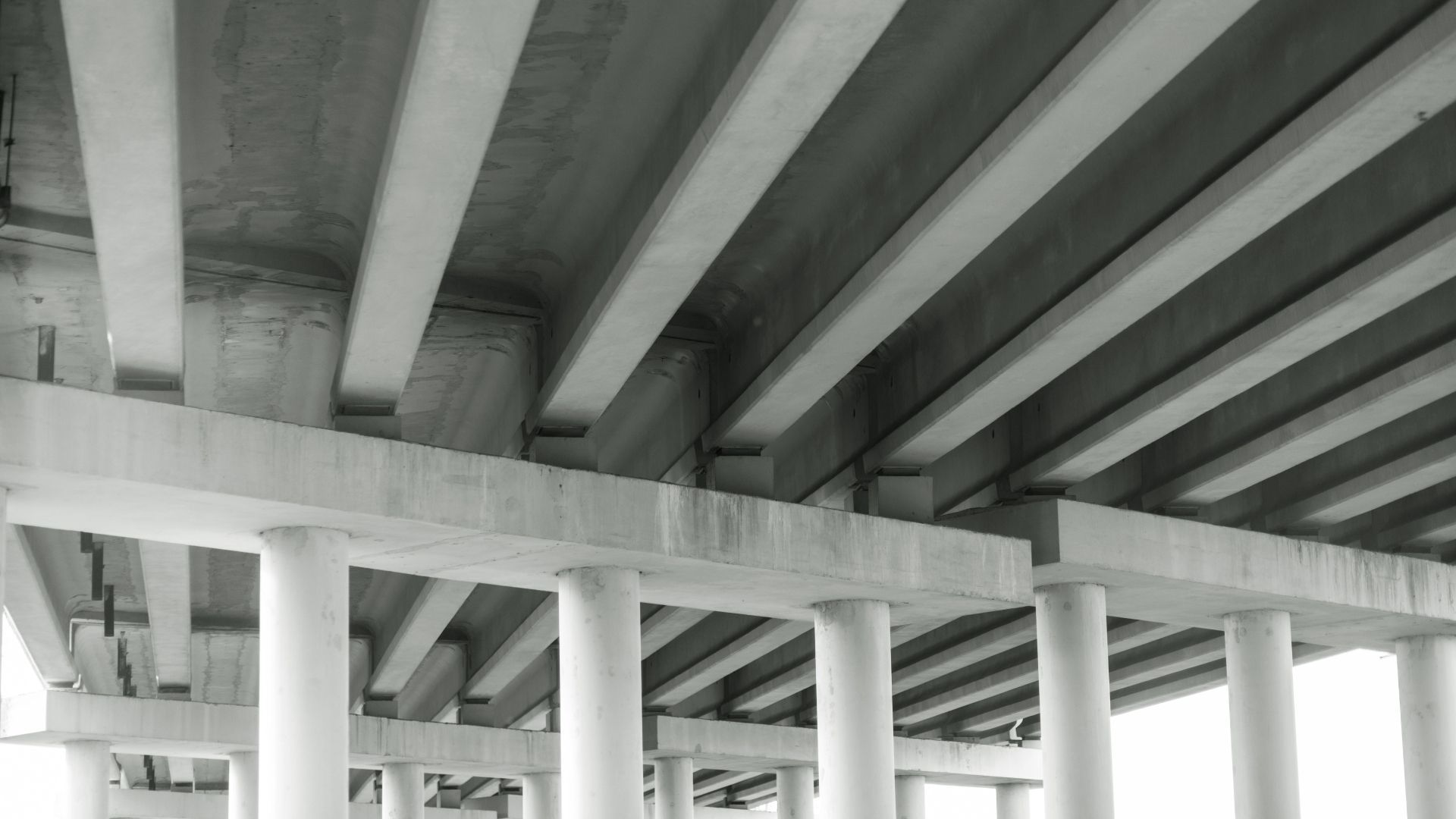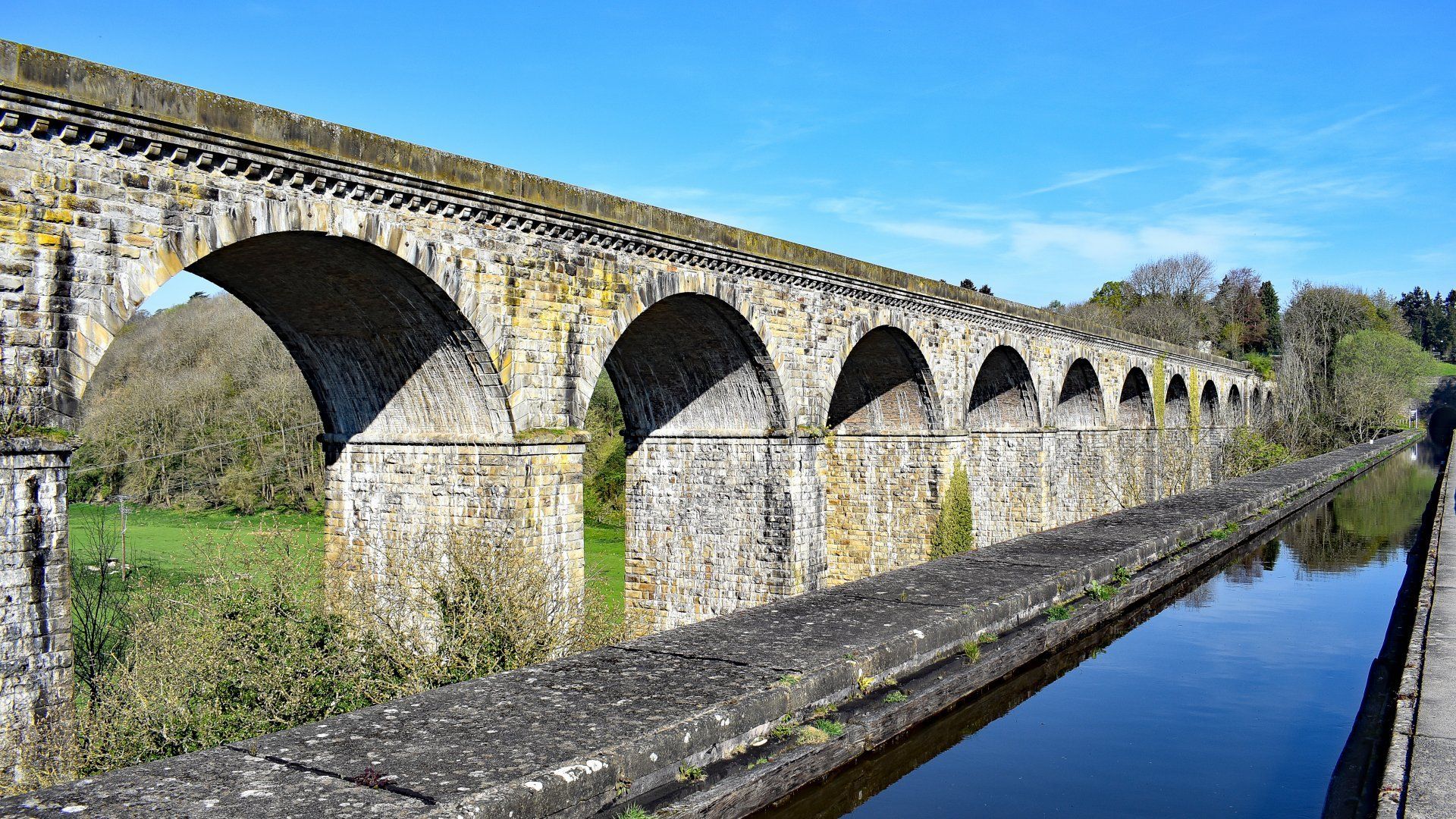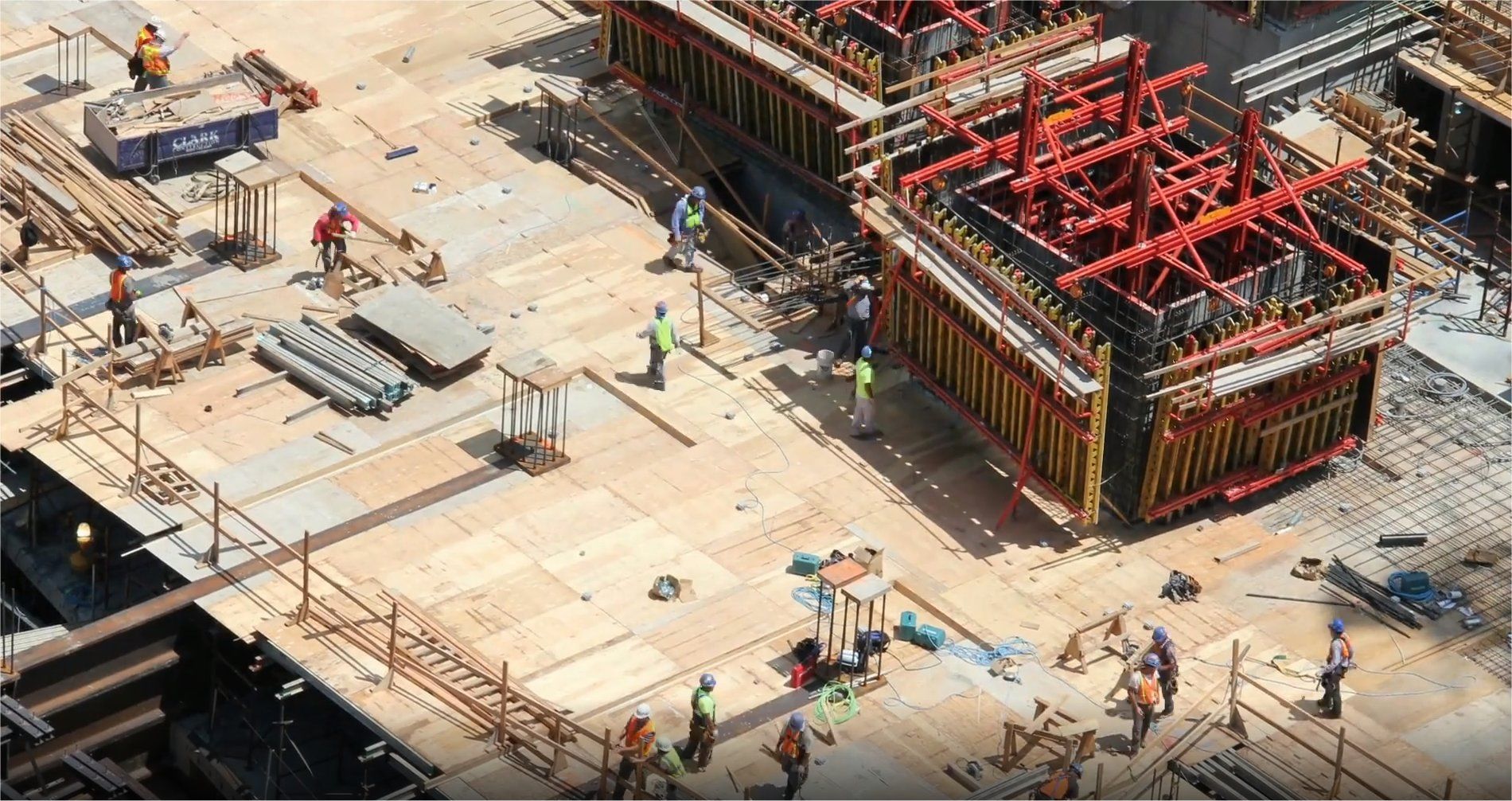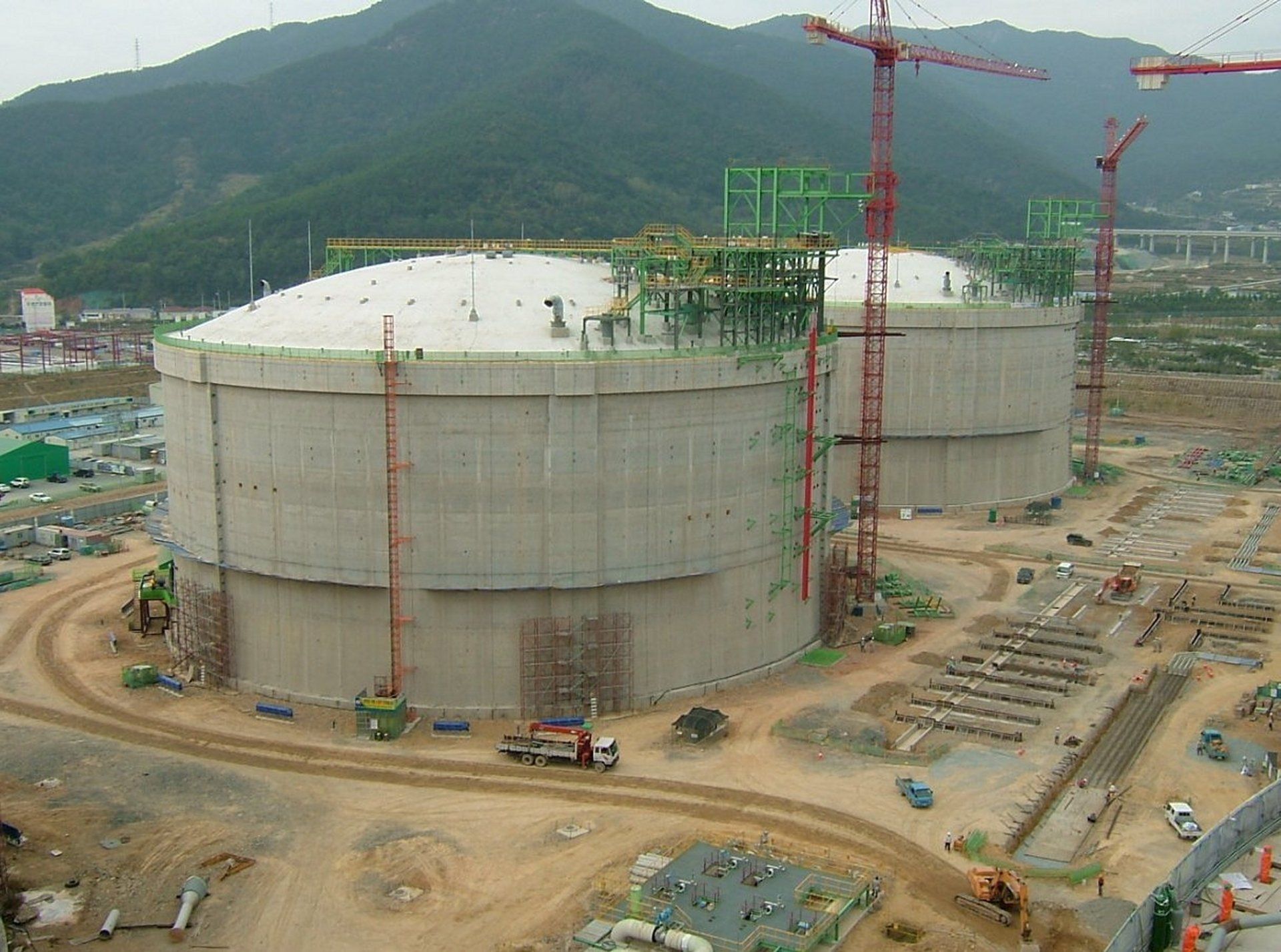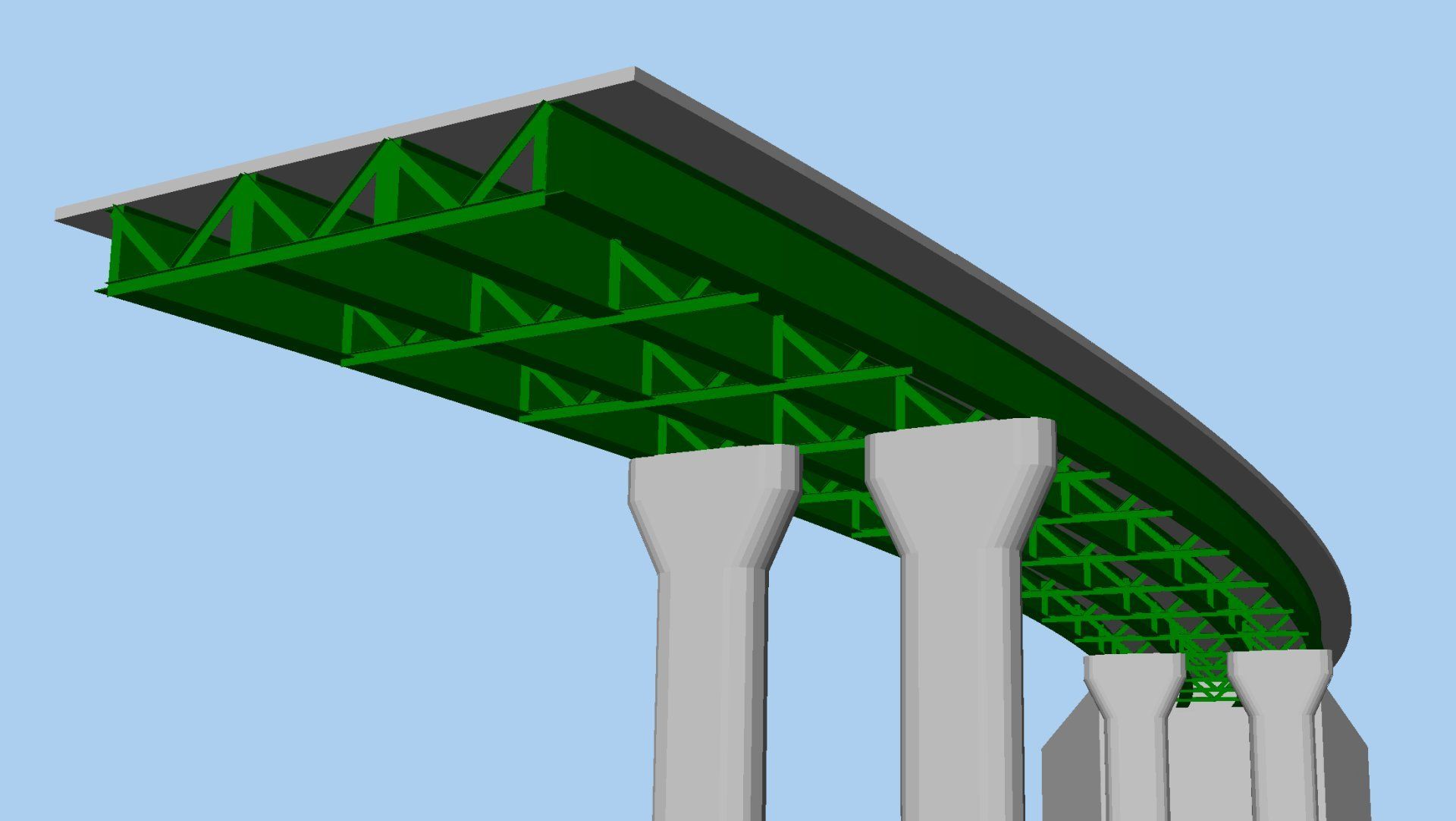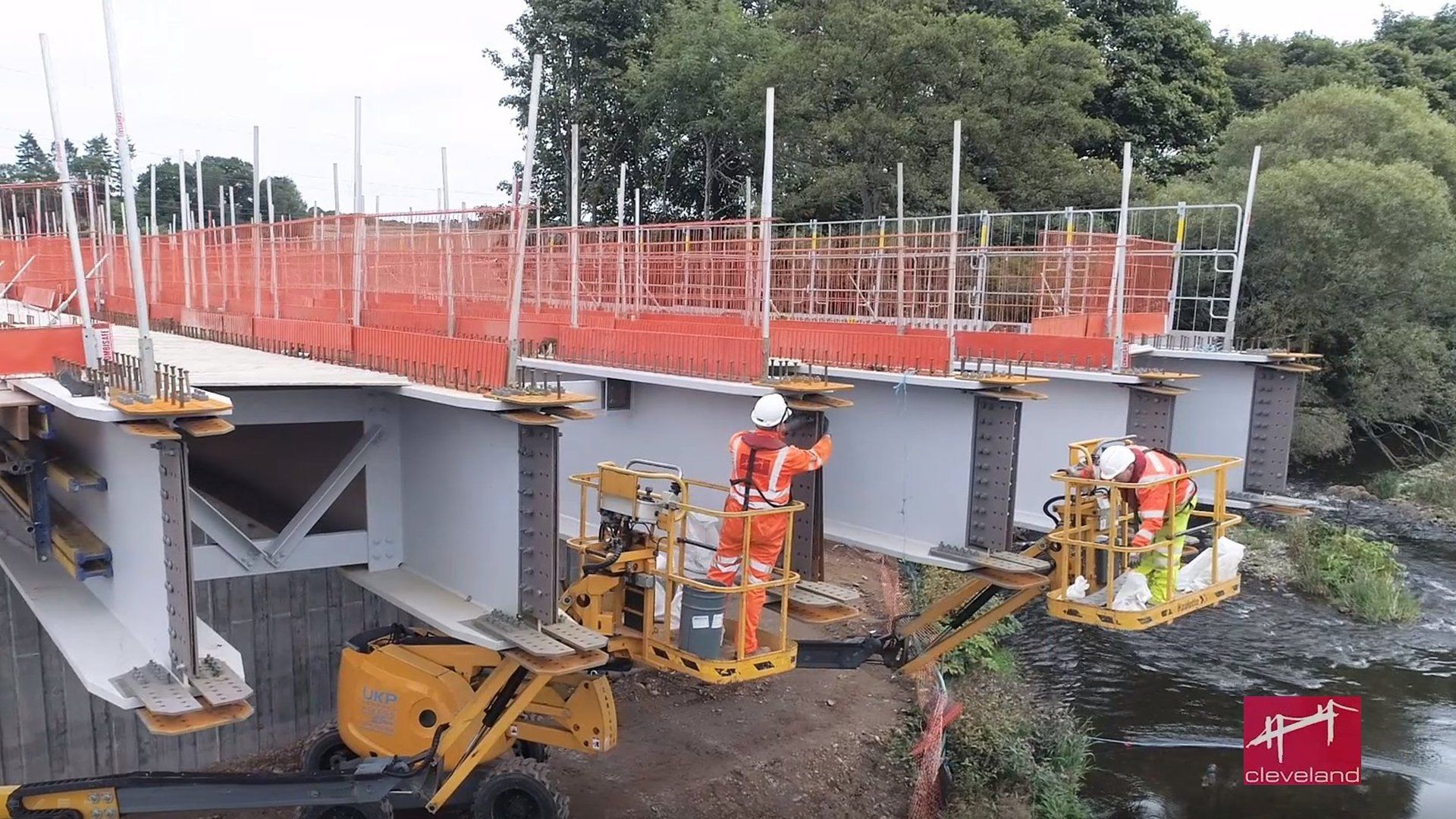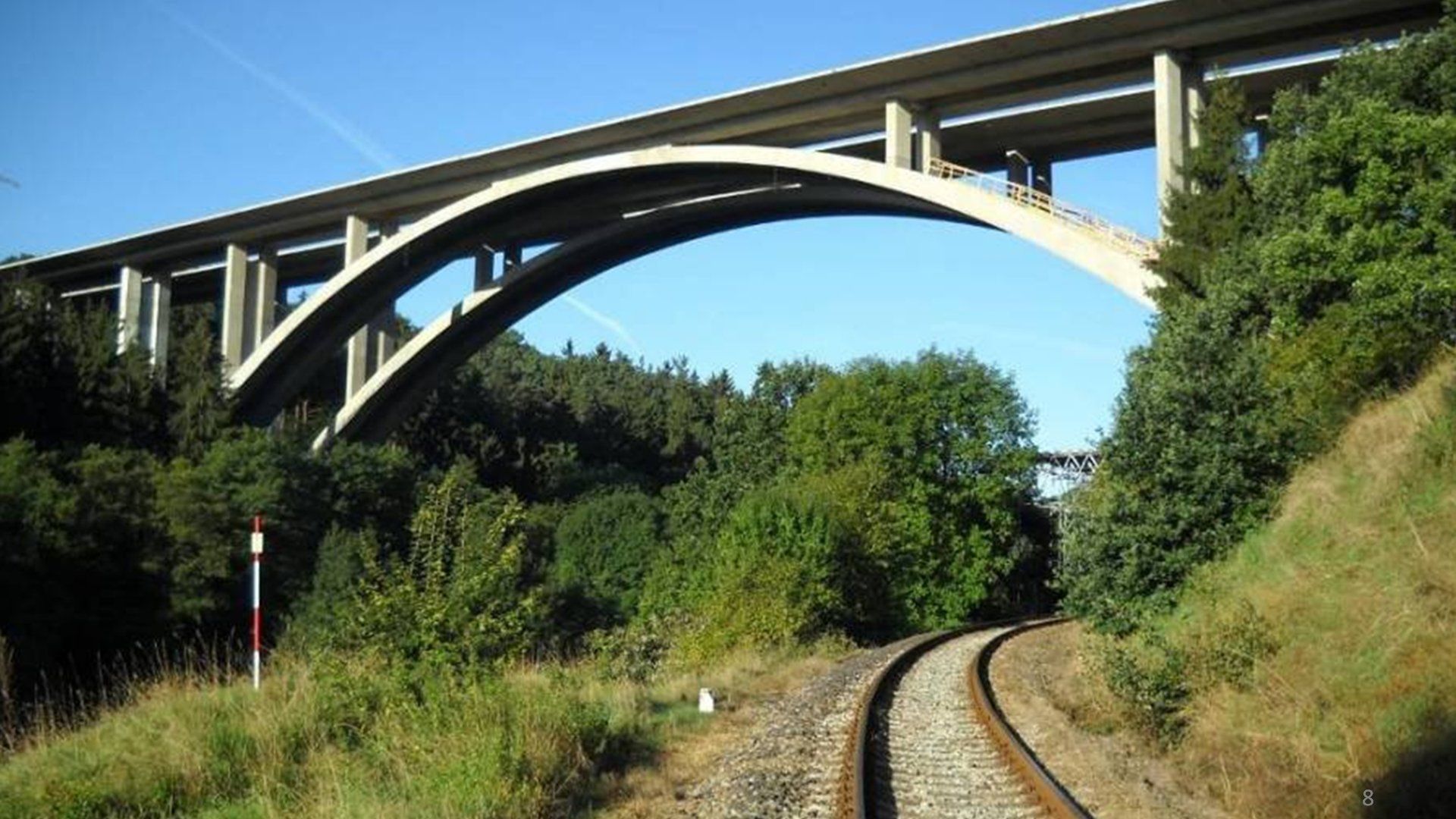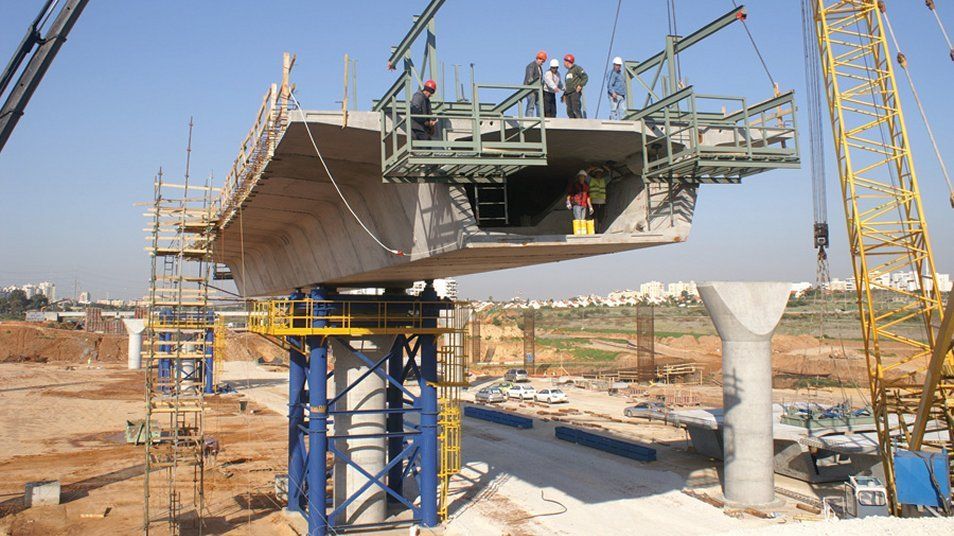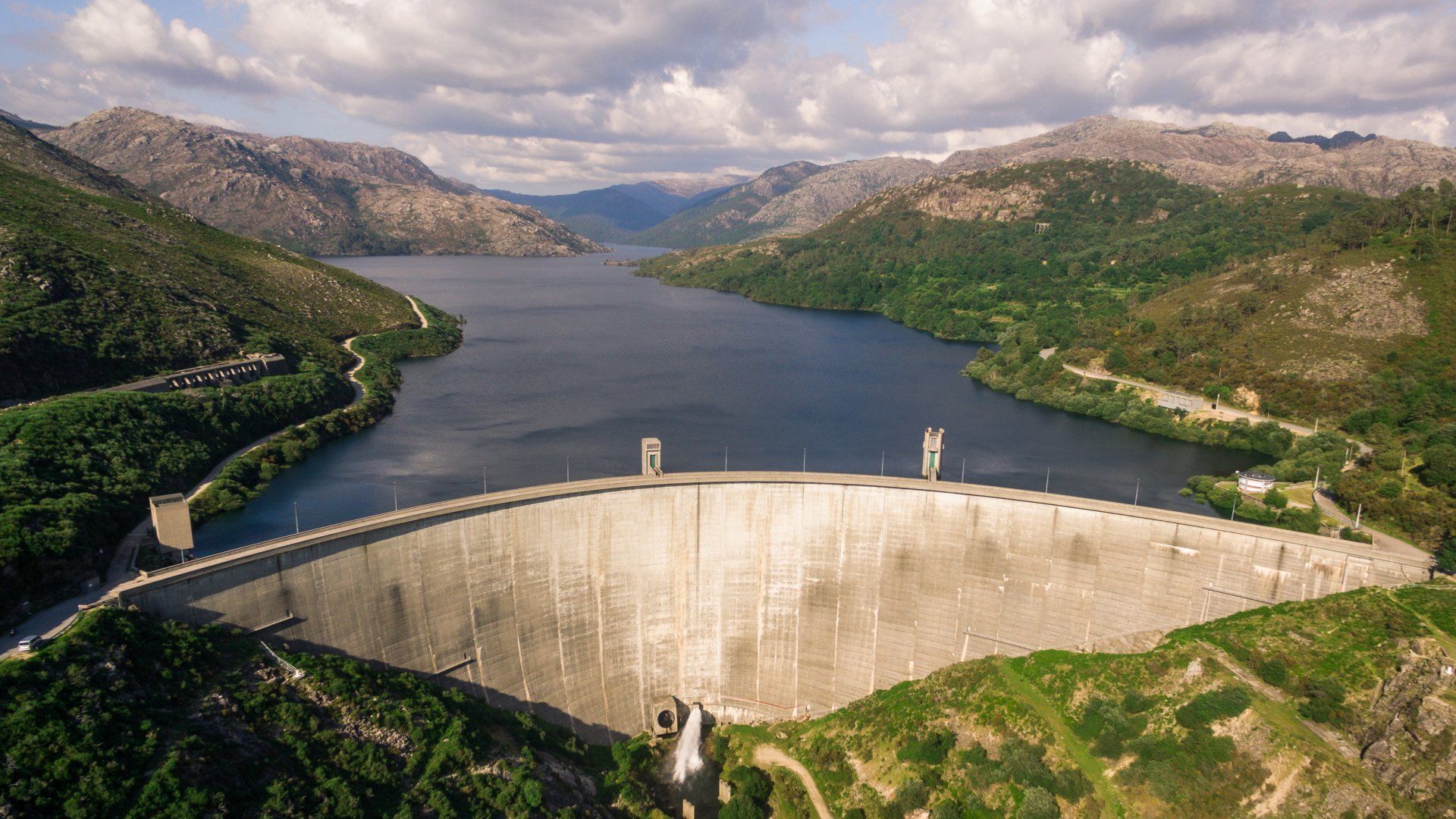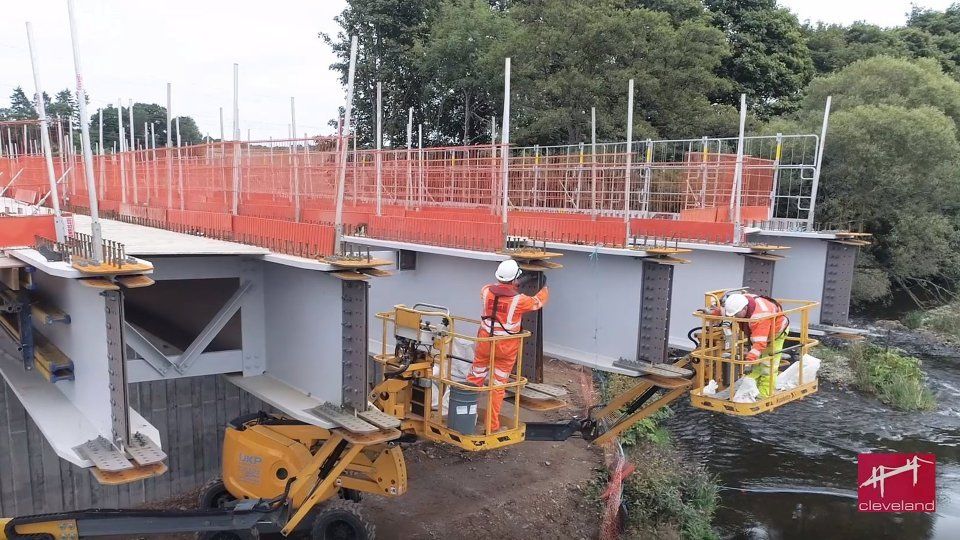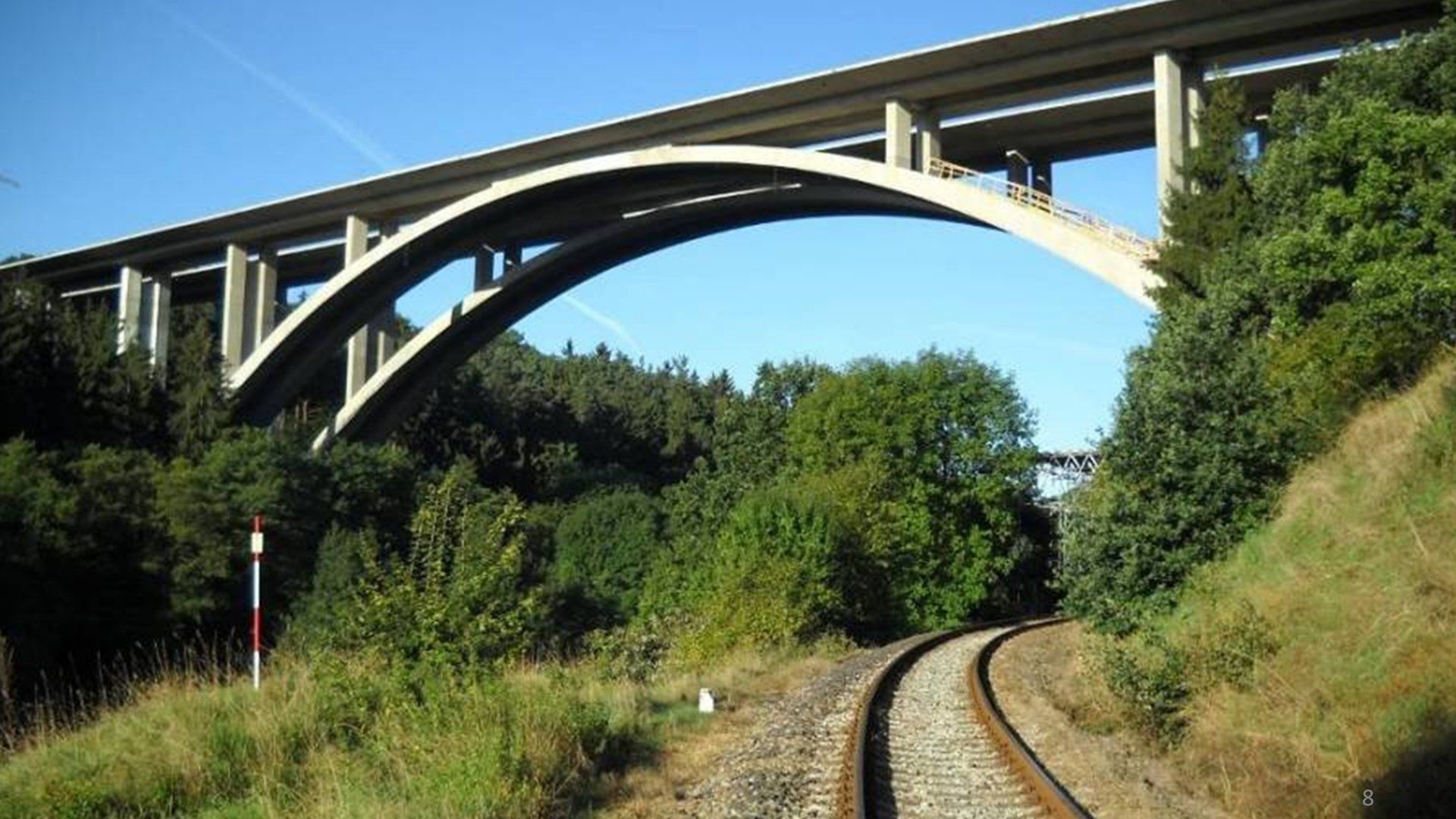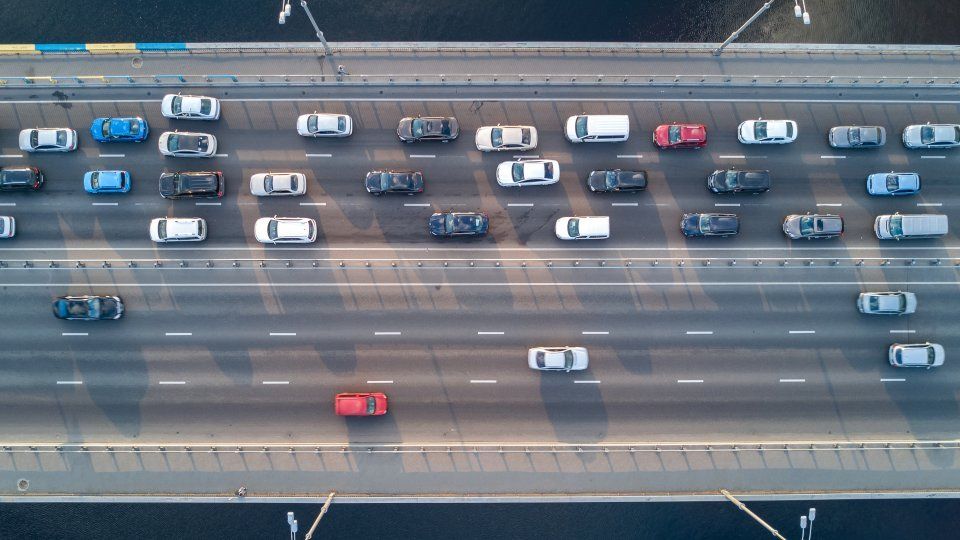- Home
- Discover...
- More about...
- Geotechnical / SSI tools
- Connecting with others
- Grillage modelling
- Steel frame design
- RC slab / wall design
- RC frame design
- Composite deck design
- Steel composite bridge wizard
- Post-tensioned bridge wizard
- Masonry bridge wizard
- Advanced concrete modelling
- Prestress / post-tensioning
- Load optimisation and combinations
- Rail infrastructure modelling
- LNG tank system
- Version 21.0 in detail
- Media...
- Blog
- Contact Us
Geotechnical / Soil-structure interaction
Use soil-specific and structural engineering analysis facilities to model both ground and structure together in one model, within a single software package.
- Model soil explicitly as 2D or 3D continuums or simplify as linear or nonlinear interfaces.
- Work with an ever-increasing library of soil material models and incorporate water phase and dynamic phenomena.
- Model time-stages to simulate excavation and filling processes and propping arrangements. Check stability at any point in time and test sensitivity to parametric change.
- Continue to code-checking of structural elements with our concrete and steel design modules.
Capabilities
Model ground and structure in one place
LUSAS provides you with a single environment for modelling soil and structure together. Obtain true interaction with detailed modelling of both systems.
Choose the level of soil modelling that suits your needs. Eliminate time wasted and errors introduced exchanging information between different software.
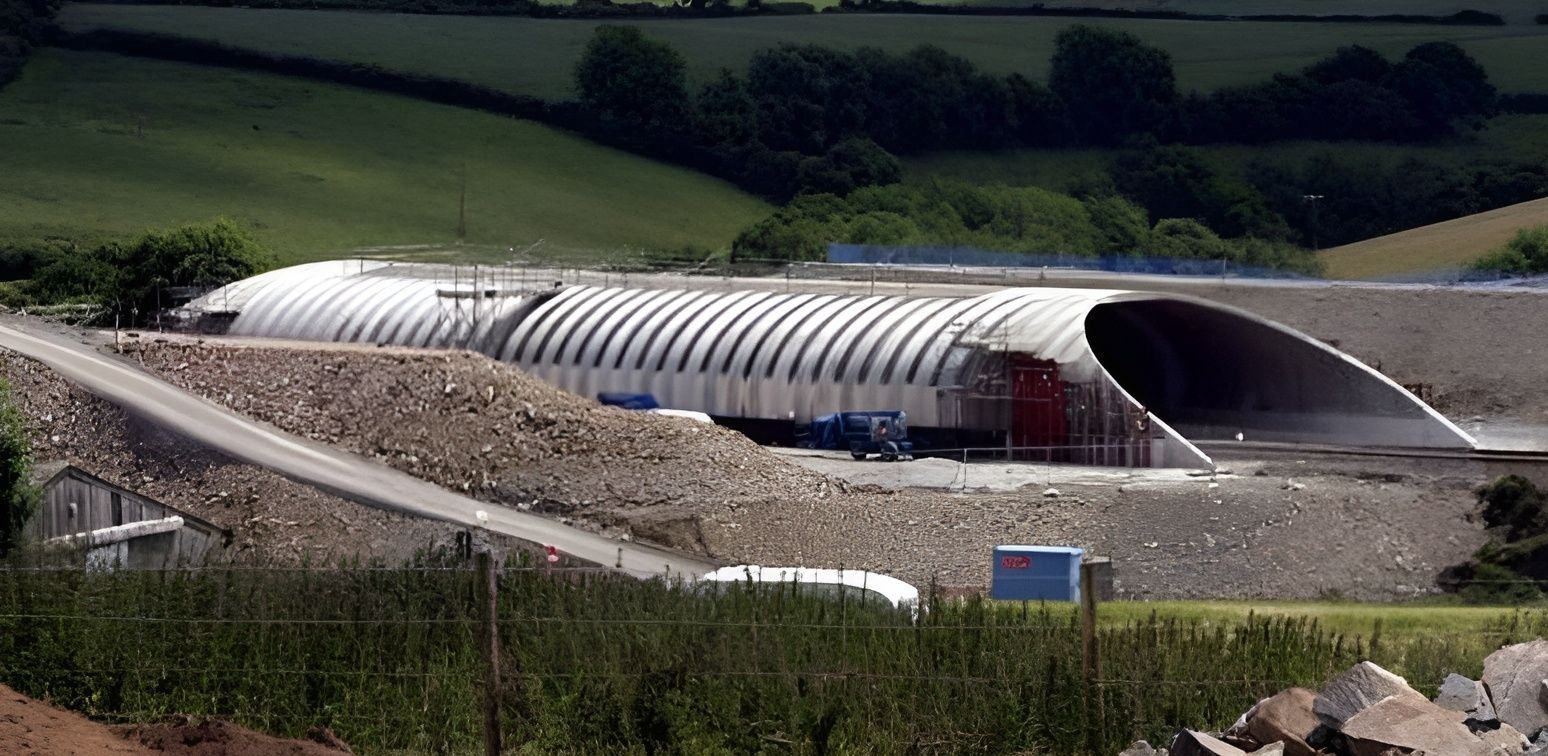

Any geometry, any application
Go beyond the limitation of wizard-based (narrow-scope) software.
Consider foundations, slopes, dams, wick drains, retaining walls and tunnels all in a single model in 2D or 3D.
For rapid draw-down, fracture, ground freezing effects and moving vehicle loads, LUSAS has you covered.

Wide range of soil models
Select the constitutive material models you need to tackle a wide range of geotechnical conditions.
Include softening soils, anisotropic layered deposits, granular materials, clay or rock.
Choose from Hoek-Brown, Modified Cam Clay, Mohr Coulomb, Tresca, Duncan Chang, Drucker Prager and more...

Groundwater and flow
Model pore water pressures in drained, undrained, and partial saturation states.
Determine pore water pressures across the model from available borehole data or piezometer readings.
Trace seepage, draw-down, and consolidation through stages of construction.
Construction sequence
Model digging, filling, building, adding/removing props and tunnel parts.
Track time-based effects such as creep and consolidation.
Check results at any stage, including stability or dynamics of part-finished projects.

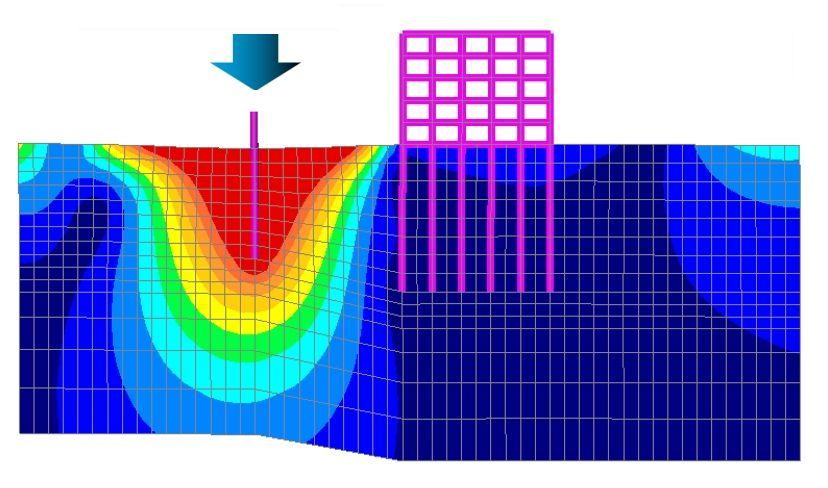
Dynamics
Earthquakes damage structures and move soil. Use LUSAS to model step-by-step, capturing lift-off and nonlinear effects in materials or shape, as they change over time. Assess the residual strength of the soil and structure and model repairs.
Urban spaces: assess the effect of pile driving on neighbouring infrastructure.
Report, revise, repeat
Present reports tailored to suit your structural or geotechnical checkers. Deliver any format: doc, pdf, xls…
Modify the model and the results and report will change – no problem. Generate an updated report again with a few clicks.
Evaluate different options with multiple and branched analyses and report on them all.
Save the report template or share it, to standardise output across your teams or offices.

Example: Cut and Cover Tunnel Modelling
Watch how activation and deactivation of elements is used to model the staged construction process of excavating the soil, installing ground anchors and constructing the tunnel structure.
A linear and a nonlinear analysis is performed to evaluate using different soil properties, and a soil stability check using the Phi-c reduction method is carried out. Live loading to simulate vehicles passing over the ground above the tunnel is applied prior to looking at bending moments in the structural elements. (Version 19.0)
In Version 21...
Learn more about...
-
Post-tensioned Bridge Wizard
Button -
Connecting with others
Button -
Grillage modelling
Button -
Masonry Bridge Wizard
Button -
RC Slab / Wall design
Button -
LNG Tank System
Button -
Steel Composite Bridge Wizard
Photo By: John Doe
Button -
Composite Deck Design
Photo By: John Doe
Button -
Geotechnical / SSI
Photo By: John Doe
Button -
Steel frame design
Photo by: John Doe
Button -
RC frame design
Button -
Traffic Load Optimisation
Button -
Prestress / Post-tensioning
Button -
Advanced concrete modelling
Button -
Rail infrastructure modelling
Button
For more information...
- For more details of LUSAS software products visit www.lusas.com
- To download LUSAS software visit the LUSAS User Area of the main website.
- Contact us via our contact form, or use Live chat, if available.
